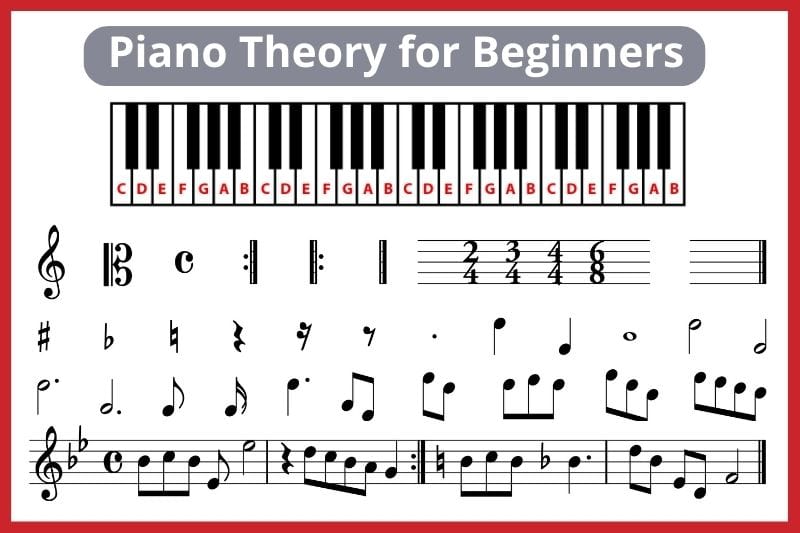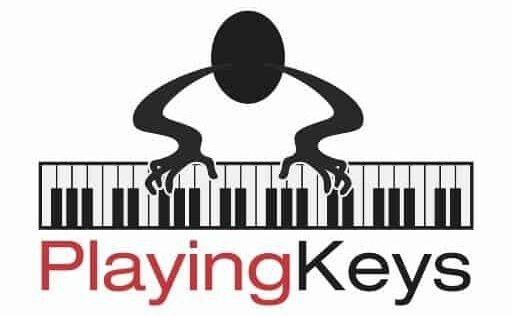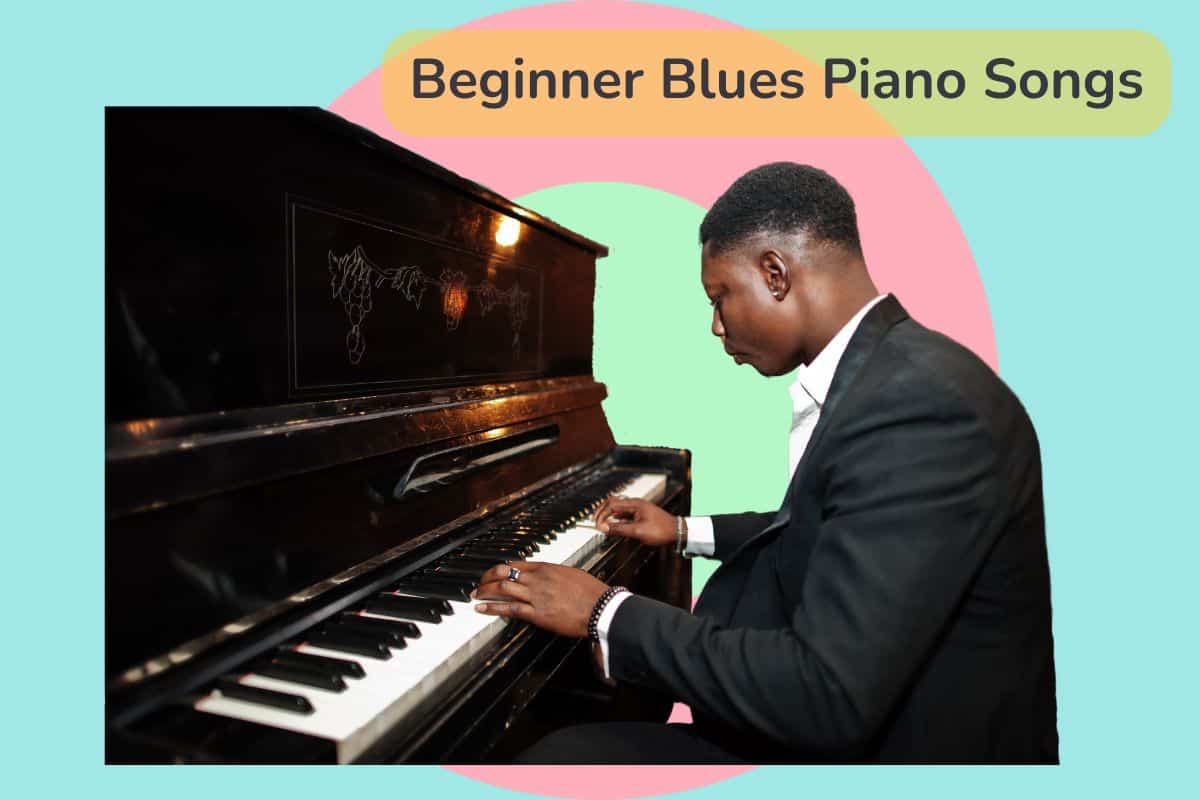Starting your journey into piano theory is a bit like receiving the keys to a treasure chest filled with musical insights. When you begin to learn the basics, you’ll quickly understand that music theory is far from a dry set of rules; it’s the backbone that supports the music you hear and play. Piano theory starts with learning about the layout of the keyboard, the names of the keys, and how to read piano sheet music, which includes both the treble and bass clefs.

Through your piano theory studies, you’ll gain the tools to articulate why certain pieces resonate with you, and you’ll develop a musical vocabulary that enhances your ability to communicate with other musicians. Each step in learning piano theory opens up new possibilities, deepening your appreciation and love for the instrument.
Basics of Piano and Music Theory
When you start learning piano and music theory, you’ll encounter the musical alphabet, which consists of seven letters: A, B, C, D, E, F, G. These notes repeat across the piano keyboard, and each sequence from A to G is called an octave.
The piano keys are laid out with white keys, corresponding to the musical alphabet, and black keys, which are used to play sharps and flats. A sharp raises a note by a semitone (or half step), while a flat lowers it by the same interval. These half steps are the smallest intervals in Western music.
Here’s a quick view on how these keys are arranged:
- White keys: Natural notes like C, D, E, F, G, A, B.
- Black keys: Sharps and flats located between white keys.
Understanding keys is vital too. They indicate the group of notes that forms the base of your piece. Major scales consist of a series of whole and half steps in a specific pattern: whole, whole, half, whole, whole, whole, half. For example, the C major scale includes all the white keys starting from C. Minor scales have a different pattern, giving them a distinctive sound.
Reading Musical Notation
To start reading sheet music, key components include the staff, clefs, note values, time signatures, and rests. Understanding these elements allows you to decode the language of music.
Understanding the Staff
The staff is the foundation of written music. It consists of five horizontal lines where different musical notes are placed. The higher the note on the staff, the higher the pitch of the sound. Each line and space on the staff corresponds to a specific note.
Utilizing the Grand Staff
For piano, the grand staff combines both the treble clef (for higher notes) and bass clef (for lower notes). The treble clef spirals around the G line, indicating G note placement, while the bass clef curls around the F line, setting the location for the F note. Reading both clefs is essential to play piano music accurately.
Notes have different shapes to indicate their value or how long they should be held. The most common note values are:
- Whole note: Receives four beats in common time.
- Half note: Receives two beats.
- Quarter note: Equals one beat.
- Eighth note: Half of a beat.
- Sixteenth note: A quarter of a beat.
Interpreting Time Signatures
Time signatures define how many beats are in each measure and what note value constitutes one beat. Displayed at the beginning of a piece, a time signature looks like a fraction. The top number indicates the number of beats per measure, and the bottom number indicates which note value is the beat (e.g., 4/4 or 3/4).
Recognizing Rests and Beats
Just as important as notes are the silences, or rests, which are intervals of silence in a piece of music. Rests are also symbolic, with different shapes indicating various durations. For example, a whole rest signals four beats of silence in common time, while a quarter rest indicates one beat of silence. Understanding and counting rests is crucial to maintaining the rhythm while you read sheet music.
Scales and Key Signatures
Understanding scales and key signatures is crucial as they form the foundation of music theory. They’ll inform you about which notes to play and help you recognize the tonal center of the pieces.
Exploring Major Scales
A major scale consists of seven distinct notes plus one note that duplicates the first an octave higher. For instance, the C major scale includes the notes C, D, E, F, G, A, B, and C. It’s a great starting point because it contains no sharps or flats. Here’s a simple way to visualize the C major scale and a few others:
- C major scale (C Maj): C, D, E, F, G, A, B, C
- G major scale (G Maj): G, A, B, C, D, E, F#, G
- D major scale (D Maj): D, E, F#, G, A, B, C#, D
Understanding Minor Scales
In contrast, a minor scale produces a different emotion due to the variance in intervals. For example, the A minor scale follows the key signature of the C major scale – no sharps or flats – but starts on A. It looks like this: A, B, C, D, E, F, G, A. The minor scale’s pattern of steps is what gives it its distinctive sound: Whole, Half, Whole, Whole, Half, Whole, Whole.
Likewise, consider these minor scales:
- E minor (E Maj): E, F#, G, A, B, C, D, E
- D minor (D Maj): D, E, F, G, A, Bb, C, D
These scales directly relate to their major counterparts through the concept of relative minors.
Mastering the Circle of Fifths
The Circle of Fifths is a visual tool to understand key signatures and their relationships. It organizes keys according to the number of sharps or flats each one has, starting with C major (no sharps or flats) at the top and moving through key signatures with sharps clockwise or with flats counterclockwise.
Here’s a simplified segment of the Circle of Fifths for major keys:
- C Maj: 0 sharps or flats
- G Maj: 1 sharp (F#)
- D Maj: 2 sharps (F#, C#)
- A Maj: 3 sharps (F#, C#, G#)
- E Maj: 4 sharps (F#, C#, G#, D#)
- B Maj: 5 sharps (F#, C#, G#, D#, A#)
For each major key, the corresponding minor key (same key signature) can be found by locating the sixth scale degree of the major scale. For instance, A minor pairs with C major as they share the same key signature, and both have no sharps or flats.
Chords and Harmony
Understanding chords and harmony is what’s needed to play and compose music on the piano. You’ll learn how to build chords and create chord progressions that form the backbone of most pieces.
Constructing Major and Minor Triads
To create a major triad, start with any note (the root), add the major third—an interval four semitones above the root—and then the perfect fifth, seven semitones above the root. For a C major triad, you’ll play C (root), E (major third), and G (perfect fifth).
For a minor triad, start with the root note and add a minor third—three semitones above the root—and then the perfect fifth. The C minor triad includes C (root), E♭ (minor third), and G (perfect fifth).
Forming Chord Progressions
Chord progressions are a series of chords played in sequence. To create a progression, you’ll typically start with a major chord or minor chord and move through other chords in a way that’s pleasing to the ear. The chords you choose should relate to each other harmonically and often reflect a scale associated with the key of your piece. For example, in the key of C major, a common progression is C (I) – G (V) – A minor (vi) – F (IV).
Discovering Chord Inversions
Chord inversions are variations of chords with notes in a different order. The root note is not the lowest note. For example, a C major triad (C-E-G) can be inverted by playing E as the lowest note, followed by G and C—this is known as the first inversion. If G is the lowest note, followed by C and E, it’s the second inversion. Inversions let you play chords with a smoother transition and different voicings.
Expanding with Seventh Chords
To add more complexity to your chords, include a seventh interval on top of a triad, making a seventh chord. Add a note that is seven scale degrees from the root of the chord, but an octave higher. A major seventh chord (maj7) includes the major third, perfect fifth, and the major seventh above the root. A Cmaj7 has the notes (C-E-G-B). This can be similarly done with minor triads to form a minor seventh chord (m7), which has a minor third, perfect fifth, and a minor seventh above the root. Cm7 includes C-E♭-G-B♭. Seventh chords have a richer sound and add depth to your harmonic progressions.
Rhythm and Tempo
Rhythm and tempo are the heartbeat of piano music, determining the speed and flow of the notes you play. Grasping these concepts is what’s needed for bringing pieces to life.
Grasping Note and Rest Values
In music, you’ll encounter various note values that determine the length a note should be held, and rests that indicate silences. Here’s a quick breakdown:
- Whole notes: Held for four beats
- Half notes: Held for two beats
- Quarter notes: Held for one beat
- Eighth notes: Held for half a beat
Rests mirror these values with corresponding symbols for silence.
Learning Beat Subdivision
Subdividing beats is a method to keep your rhythm steady. For example, a quarter note can be subdivided into two eighth notes. In a 4/4 measure, you’d count this as:
| 1 & 2 & 3 & 4 & | | Quarter | Quarter | Quarter | Quarter |
The “&” represents the subdivision, where each beat is split in half.
Practicing with a Metronome
A metronome is your best tool to practice keeping a consistent tempo. Start slow and gradually increase the speed. A metronome clicks for each beat, helping you stay in time. Play along to the clicks, ensuring your notes align precisely with the beats and subdivisions.
Music Theory in Daily Practice
Incorporating music theory into your daily piano practice is crucial for understanding the building blocks of music and improving your playing skills. When you sit down at the piano, start with a warm-up using scales and arpeggios to acquaint yourself with the notes and structure of various major keys and minor scales. This not only enhances your finger dexterity but also solidifies your knowledge of key signatures and the relationships between notes.
While practicing scales, focus on the sounds and patterns. For instance, a major scale follows a specific pattern:
- Whole step, Whole step, Half step, Whole step, Whole step, Whole step, Half step
Learning to recognize these patterns by ear contributes to your ability to understand and predict melodies and harmonies in the pieces you play.
Daily Activities:
- Scale Practice: 5 minutes of hands separately, followed by hands together.
- Interval Recognition: Play random intervals and name them to train your ear.
- Chord Progressions: Work on a progression from a piece you’re learning to hear how chords create harmony.
During your session, apply music theory concepts by labeling the chords you encounter in your sheet music. This puts theoretical knowledge into a practical context, showing how theory informs the structure of the pieces you’re learning. Over time, you’ll start to recognize patterns and chord progressions more quickly, making sight-reading and memorization easier.
Bringing It All Together
Now that you’ve dipped your toes into the basics of piano theory, it’s time to see how these concepts form a solid foundation for your musical journey. Learning piano isn’t just about hitting the right notes; it involves understanding the bigger picture of how music is structured and connected.
When you look at sheet music, you’re not just seeing dots on a page; each note is part of a larger scale, a chord, or a progression. Here’s how to start making sense of it all:
- Scales: Begin with scales; they’re the building blocks of music. Practice both major and minor scales, feeling and hearing the different emotions they convey.
- Chords: Chords are groups of notes played simultaneously. Start with major and minor triads, then expand to sevenths and diminished chords.
- Read Sheet Music: Familiarize yourself with reading music. Identify notes, understand timing, and recognize key signatures.
- Rhythms: Grasp the pulse of the music. Count beats, and get comfortable with different note values like the quarter, half, and whole notes.
- Apply What You Learn: As you play, try to spot scales and chords in your sheet music. This will reinforce your theory knowledge and improve your playing by leaps and bounds.
The key is consistency. Don’t rush it; music theory is a deep subject, but you’ll find it incredibly rewarding as it enhances your ability to learn piano pieces more quickly and with greater depth. Keep practicing, and you’ll start to see how each element of music theory is a thread in the tapestry of the music you create and enjoy.




